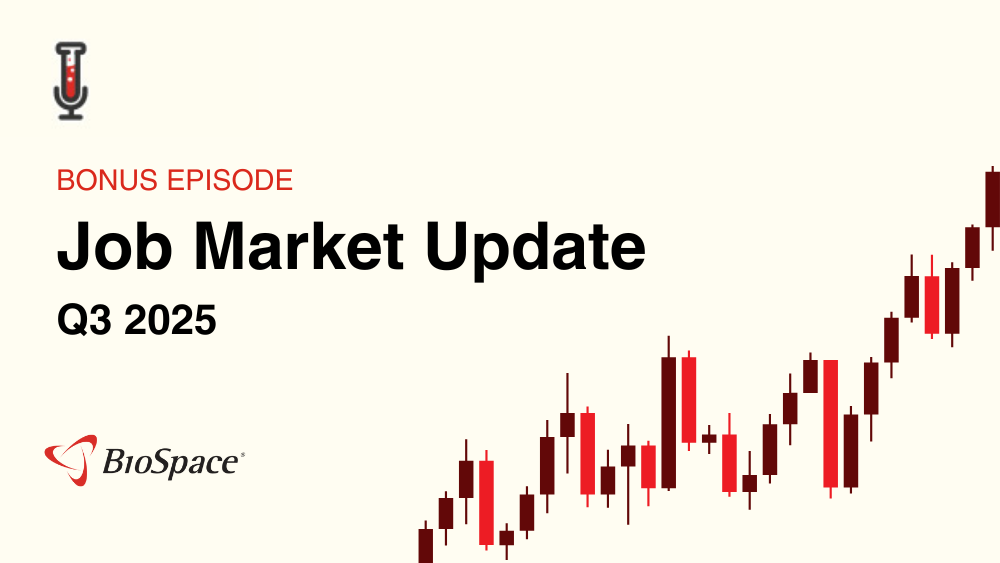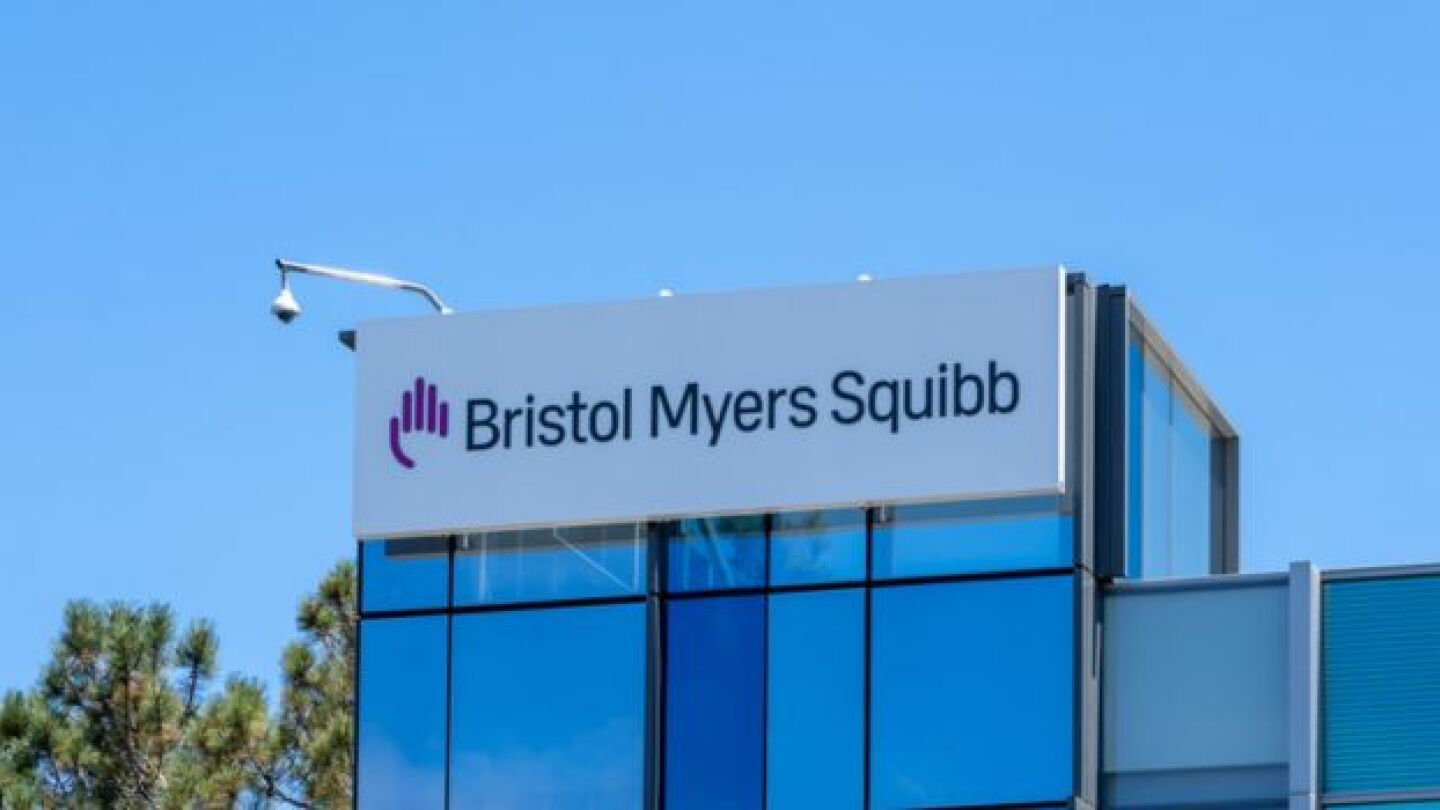News
BioSpace has named 50 life sciences companies to its 2026 Best Places to Work list. AbbVie, Amneal Pharmaceuticals and BridgeBio executives share what makes their organizations special.
FEATURED STORIES
While the FDA continues to put out guidance documents and approve drugs, some companies are already reporting delays in dealings with the agency, while insiders warn of falling morale and a negative perception from the rest of the biopharma world.
Mergers and acquisitions are not just for Big Pharma. A new report from Leerink Partners takes a stab at identifying the small- to mid-cap pharmas best prepared to bolster their pipelines with a buyout.
The coming flu season is the clearest indication yet that biopharma’s long-standing assumptions about predictability, prevention and portfolio structure are no longer guaranteed.
Job Trends
In this bonus episode, BioSpace’s Vice President of Marketing Chantal Dresner and Careers Editor Angela Gabriel take a look at Q3 job market performance, layoffs and wider employment trends and policies impacting the biopharma workforce.
FROM OUR EDITORS
Read our takes on the biggest stories happening in the industry.
The HHS secretary recently canceled $500 million worth of BARDA contracts around mRNA vaccine research. But the U.S. government has already spent billions on this work, which has saved millions of lives.
THE LATEST
Skyrizi and Rinvoq made nearly $7 billion combined, almost half of the company’s income for the quarter alone.
Otsuka Pharmaceuticals could shell out over $400 million in total for the Asia-Pacific rights to 4D-150, which combines a VEGF-C inhibitory RNAi with Regeneron’s Eylea into a single ocular injection.
Before being discontinued, the P2X7 receptor blocker had cleared a master protocol study in chronic pain, though Eli Lilly said that results were not sufficient for advancement of the Asahi Kasei–partnered asset.
Gilead is actively looking for late-stage and de-risked assets for potential deals across various therapeutic spaces, including liver disease, cancer and immunology.
With the shutdown ongoing, Evommune plans to close its IPO on Nov. 5 via a Securities Act clause that allows registrations to come into effect after a certain window has passed.
Ensho Therapeutics CEO Neena Bitritto-Garg, recently named to BioSpace’s 40 Under 40, proved her mettle managing one of the toughest partnerships out there: the one between Eisai and Biogen that led to new Alzheimer’s drugs Aduhelm and Leqembi.
CEO David Ricks wants Eli Lilly’s upcoming obesity pill to be accessible to patients who need it, but the company still needs to pay for the next generation of obesity medicines to come after that.
While the company’s sales outlook was otherwise rosy, Merck took sales hits on Gardisil, Proquad, Varivax and Vaxneuvance.
Bristol Myers Squibb beat analyst and consensus estimates for the third quarter with $12.2 billion in sales, but executives on the company’s investor call faced questions about a sluggish uptake for schizophrenia drug Cobenfy as well as a highly anticipated Alzheimer’s psychosis readout for the product.
To expand the population for the anti-amyloid Alzheimer’s drugs, Lilly and Biogen are testing presymptomatic patients. Will doctors be open to this paradigm-shifting change?






















